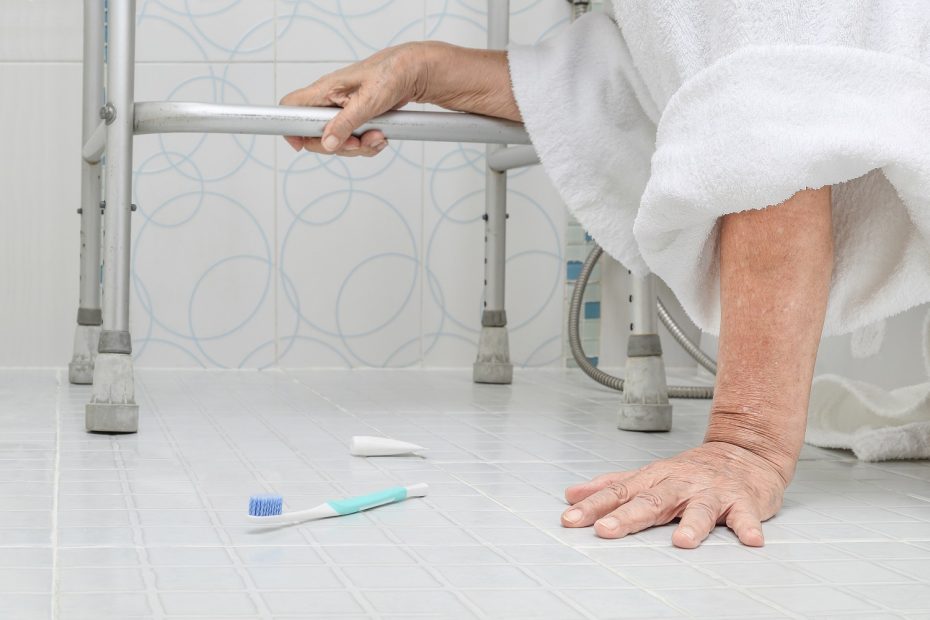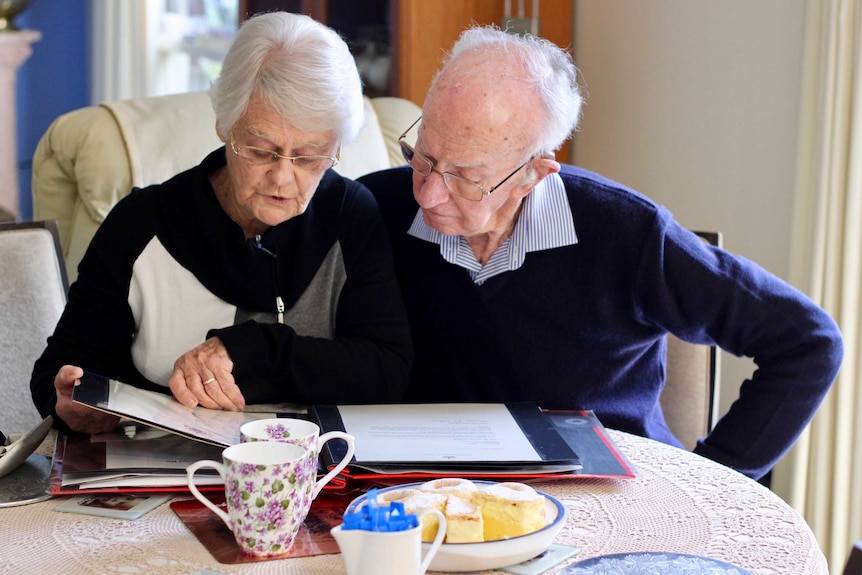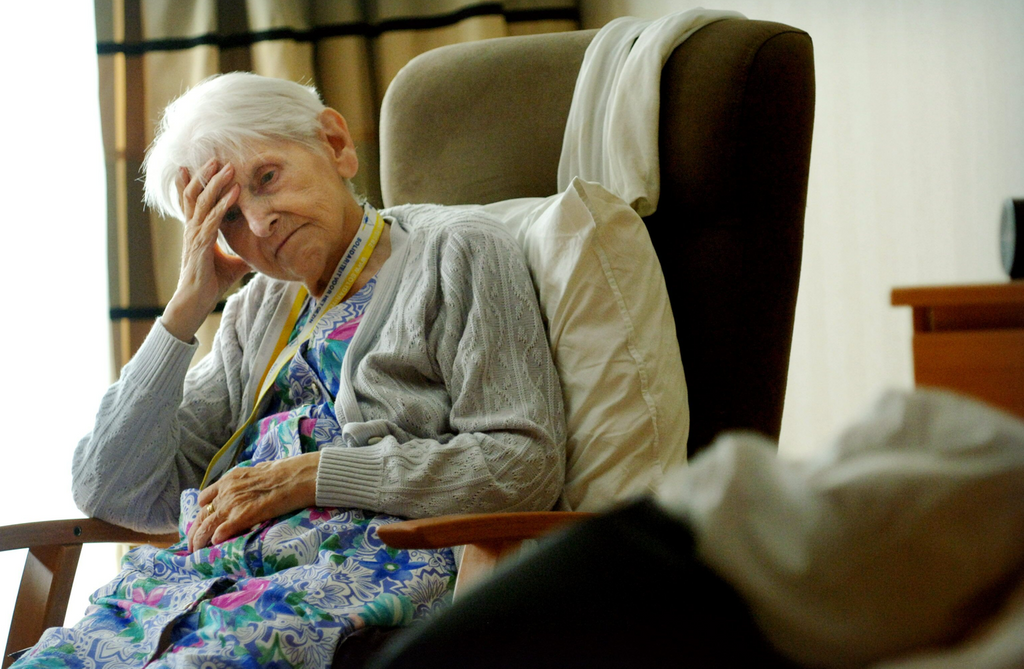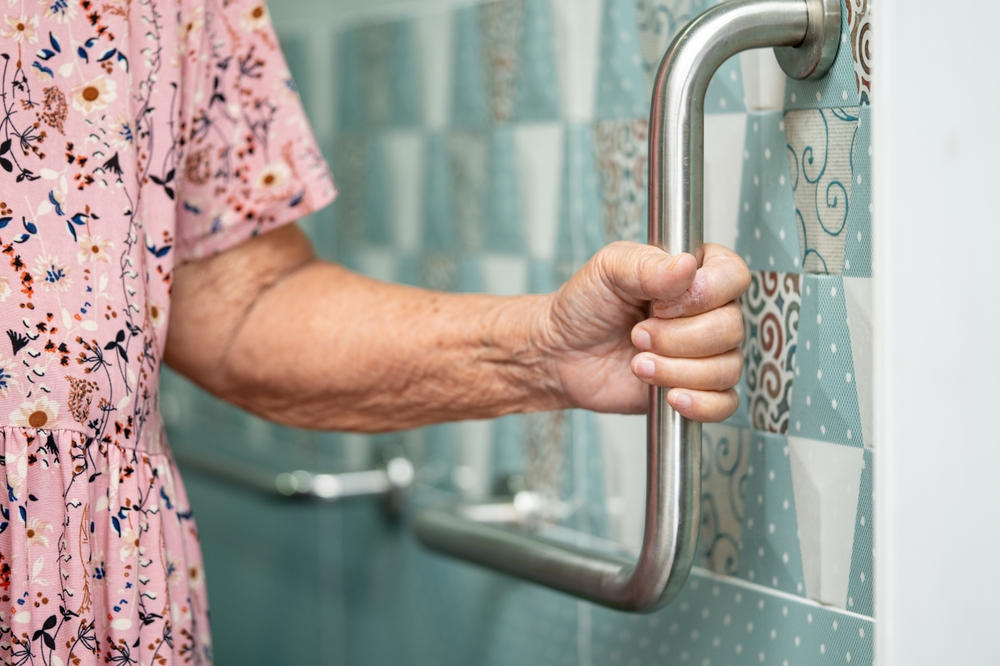In today’s rapidly advancing technological world, the integration of fall detection with home automation is transforming how we ensure safety and convenience in our homes. For family caregivers and individuals seeking enhanced safety measures, this innovation offers a promising solution. Incorporating fall detection integrated with home automation not only promotes safety but also fosters independence, particularly for the elderly and those with mobility challenges.

Understanding Fall Detection and Home Automation
At its core, fall detection refers to the technology designed to identify and alert when a person experiences a fall. When combined with home automation, it becomes a comprehensive system that can automatically trigger responses, like notifying emergency contacts or adjusting the home environment to prevent further accidents. This synergy between fall detection and home automation is essential in creating a secure living space.
The Importance of Fall Detection
Falls are a leading cause of injury among older adults. According to the American Academy of Orthopaedic Surgeons, preventing falls is crucial for maintaining health and independence. Fall detection systems act as a proactive measure, ensuring timely assistance and reducing the risk of serious injuries.
How Does Home Automation Enhance Safety?
Home automation involves the use of smart devices and systems to control various home functions automatically. This technology enhances safety by allowing for real-time monitoring of home activities, automating lighting for better visibility, and controlling temperature to prevent hazardous conditions. When integrated with fall detection, it creates a seamless network that prioritizes the resident’s safety.
Benefits of Combining Fall Detection with Home Automation
The integration offers numerous benefits, including:
- Immediate Alerts: In case of a fall, the system can immediately alert emergency services and family members.
- Enhanced Monitoring: Continuous monitoring provides peace of mind for caregivers, knowing they will be alerted if any issues arise.
- Increased Independence: Residents can maintain their independence while having the safety net of quick response systems.
- Customized Responses: The system can be customized to perform specific actions, such as unlocking doors for emergency responders.
Implementing Fall Detection in Smart Homes
Implementing fall detection integrated with home automation involves selecting the right technology and devices. Key components include motion sensors, smart cameras, and alert systems, all working together to ensure a comprehensive safety network. You can learn more about fall detection without cameras to maintain privacy.
Choosing the Right Devices
When setting up a smart home with fall detection capabilities, it’s crucial to choose devices that are reliable, user-friendly, and compatible with existing home automation systems. Devices like smart speakers, wearables, and IoT sensors are integral to a well-functioning system. Discover more about IoT sensors and their role in everyday living.
Integrating with Existing Systems
For homes already equipped with automation systems, integrating fall detection can be seamless. Many modern home automation systems are designed to be compatible with additional smart technologies, ensuring that residents do not need to overhaul their entire setup.
Real-Life Applications and Success Stories
Many families have successfully implemented fall detection integrated with home automation to enhance safety and improve quality of life. These systems have been particularly beneficial for elderly individuals living independently, allowing them to age in place comfortably and securely. Explore how smart elderly care solutions are transforming lives.
Case Study: The Smith Family
The Smith family integrated a fall detection system with their existing home automation setup to ensure the safety of their elderly mother. Since implementation, they have experienced peace of mind knowing that help is always a button press away. The system alerts them of any falls and even notifies them if their mother fails to follow her usual daily routine.
Challenges and Considerations
While the benefits are clear, there are challenges to consider. Privacy concerns, system costs, and the need for ongoing maintenance are some factors families must address when implementing these systems. However, the advantages often outweigh the drawbacks, making it a worthwhile investment.
Maintaining Privacy
Ensuring privacy is a major concern for many users. Fortunately, there are privacy-friendly options available that do not rely on cameras. Consider exploring privacy-friendly solutions for more information.
Cost and Maintenance
Initial setup costs can vary, but the long-term benefits often justify the investment. Regular maintenance and updates are essential to ensure the system’s reliability and efficiency.
The Future of Fall Detection and Home Automation
The future of fall detection integrated with home automation looks promising, with advancements in technology continuing to enhance its capabilities. As smart home technology evolves, these systems will become more intuitive, providing even greater safety and convenience to users.
Emerging Technologies
New technologies, such as AI and machine learning, are being incorporated into fall detection systems, allowing them to learn and adapt to users’ habits and preferences. This evolution will further enhance their effectiveness and reliability.
Expanding Accessibility
As technology becomes more affordable and accessible, more households will be able to benefit from these innovations, promoting widespread adoption and greater overall safety.
Conclusion
Integrating fall detection with home automation offers a comprehensive solution for enhancing safety and independence at home. For family caregivers and individuals seeking to safeguard their loved ones, this technology provides a reliable and effective means of ensuring peace of mind. As we look to the future, the potential for even more innovative solutions is exciting and promising.

Frequently Asked Questions (FAQ)
What is fall detection in home automation?
Fall detection in home automation refers to technology that identifies when a person has fallen and automatically initiates a response, such as notifying emergency contacts or activating safety measures within the home.
How does fall detection work without cameras?
Fall detection without cameras relies on sensors and other non-visual technology to detect falls, ensuring privacy while still providing effective monitoring. Learn more about these solutions here.
Are fall detection systems expensive to implement?
While initial costs can vary, many families find the investment worthwhile due to the peace of mind and enhanced safety these systems provide.
This article contains affiliate links. We may earn a commission at no extra cost to you.






